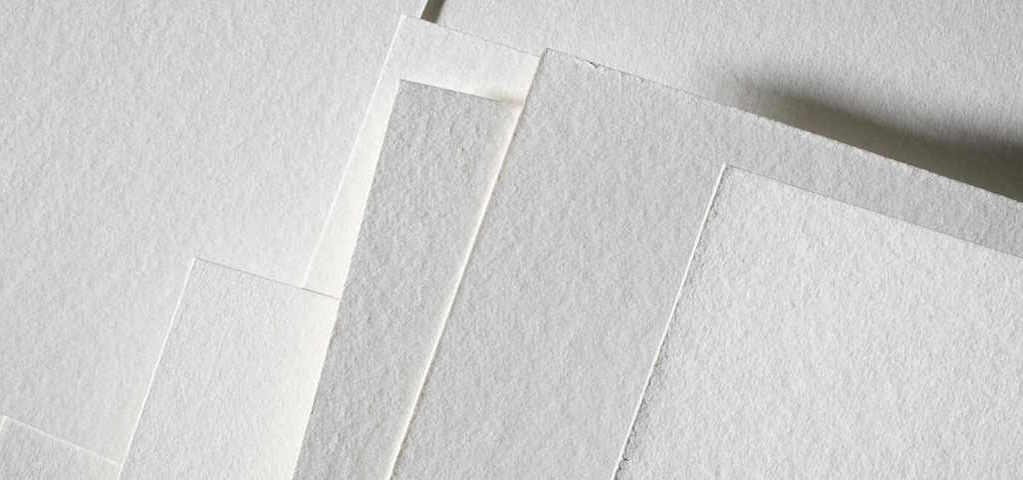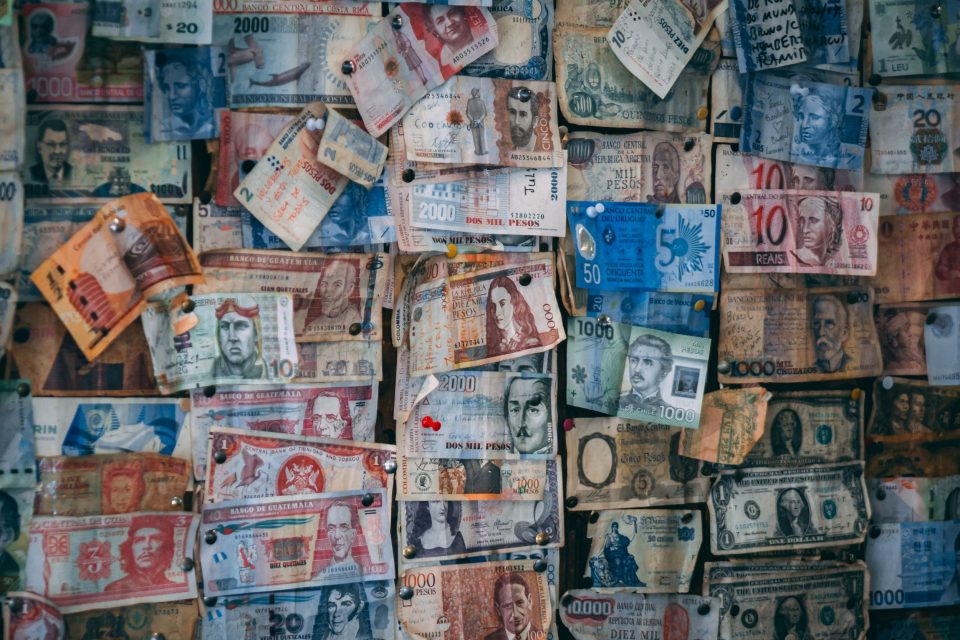How paper is made: Pulp Manufacture

What is 3D printing and how does it work?
June 16, 2016
Tobias van Schneider – The Creative Spirit at Spotify
June 30, 2016
We’ve already taken you through the process of growing the trees and harvesting the wood. The next stage of making the paper is pulp manufacture. So, we have our wood chips from the wood harvesting stage of the process, and now we need to turn them into pulp.
The wood chips are first cooked in a machine called the digester. The chips are subjected to heat, pressure, and the chemical sodium sulphate in order to separate the cellulose fibres from the lignin. Lignin is an organic compound that forms certain structural materials of the wood. It is reclaimed from this process when it is burned in the recovery boiler, producing steam and power to be fed into the National Grid.
The result of this ‘cooking’ process is a brown-coloured, raw pulp which must be bleached to produce the white-coloured paper we are all used to. This bleaching process rids the cellulose fibres that make up the pulp of any leftover lignin and other compounds. Pulp will, typically, go through this process several times, becoming whiter each time.
This white pulp is then delivered to paper mills, either as sheets of dry pulp, or a slurry that can be pumped along pipelines to the mills. The next stage of the pulp’s lifecycle will determine which of these options is chosen. If the pulp is being sent to another Group’s mill or for sale on the market, then it will go through a drying process to produce sheets of pulp. If it is to be used at the same mill in which it was produce, for example, if a mill produces both pulp and paper, then it will be pumped directly to the paper production area as slurry.
The Navigator Company group manufacture top quality paper for the printing and writing paper, décor, tissue and special papers sectors. The pulp we use produces paper with high standards of dimensional stability, opacity and whiteness, making it a great choice for leading manufacturers.
We also pay close attention to the economic efficiency of our manufacturing process, adopting processes and solutions intended to keep energy costs down and minimise environmental effects.
In the next part of this series of articles, we will look at the steps taken to manufacture paper from the white pulp produced in this stage.




